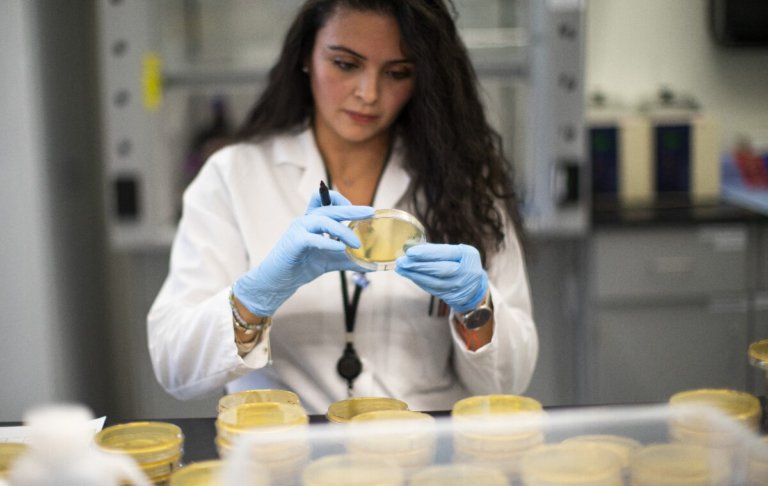
The PhD application process can seem daunting to aspiring doctoral students. For instance, where do you start? How do you start? What are admissions officers looking for in an applicant? What materials are required? If you’re eager to jumpstart your PhD journey, you’ll first need to write a strong PhD research proposal to improve your chances of admission.
Your PhD research proposal should show what you want to research and why, as well as how you intend to do it. It should demonstrate your knowledge of the existing literature and how your research will add to the body of knowledge.
This document will help individuals in charge of admissions assess the quality of an applicant’s ideas and help potential supervisors assess the originality of research.
So how should you go about writing one? Here are some general tips to get you started:
Understand the purpose of your PhD research proposal
Writing a PhD research proposal can seem like an inconvenience, but its purpose is to help you research, complete, and deliver your PhD dissertation with greater ease. Without a strong one, you risk jeopardising the opportunity to gain admissions into a programme, so be sure to invest the time, energy and thought into creating a compelling one.
Your PhD research proposal will help you sell your primary instructor on your chosen research topic. Nevertheless, it is as much for you as it is your instructor. Done correctly, your proposal will act as a permanent roadmap as you complete your research and eventually write your dissertation.
Identify your objectives
A PhD research proposal is usually around 2,000-3,000 words; it outlines the research you plan to undertake at your dream university.
Before you begin, be sure to carefully check and follow the proposal guidelines of your university. Your proposal should:
- Define a clear question and approach to answering it
- Highlight its originality and/or significance
- Explain how it adds to or develops — or challenges — existing literature in the field
- Persuade potential supervisors and/or funders of the importance of the work, and why you’re the right person to undertake it
- Specify all your references at the end
Follow the correct format
Familiarise yourself with the correct proposal format. The typical sections of a PhD proposal include:
- The title
- Abstract
- Introduction
- Existing literature/significant prior research
- Thesis or project statement
- Research methods
- Potential outcomes
- Limitations
- Contributions to knowledge
- Proposed dissertation chapters
Proofread, proofread, proofread
You’ll want your proposal to be clear and concise, so make multiple edits for the perfect final copy.
Take a break in between writing and proofing sessions so that it’s easier to spot mistakes or loopholes. It’s worth getting some trusted friends to critically read your PhD research proposal too.










